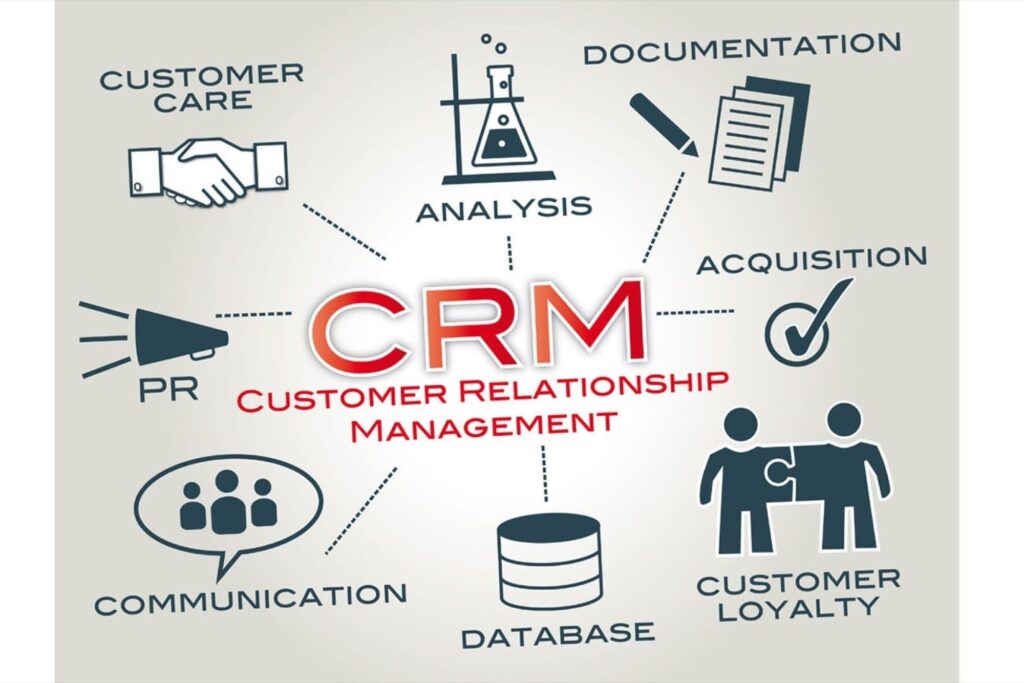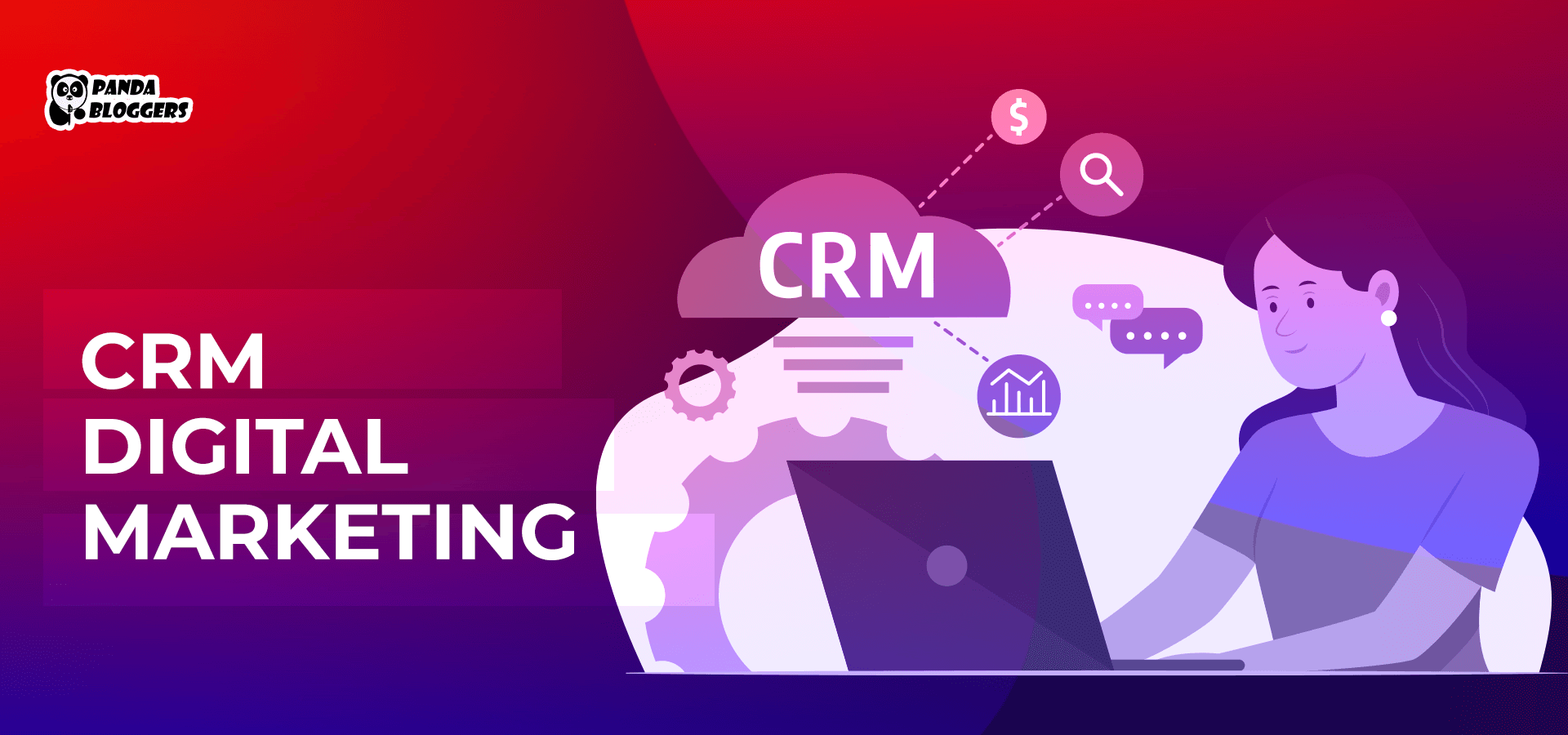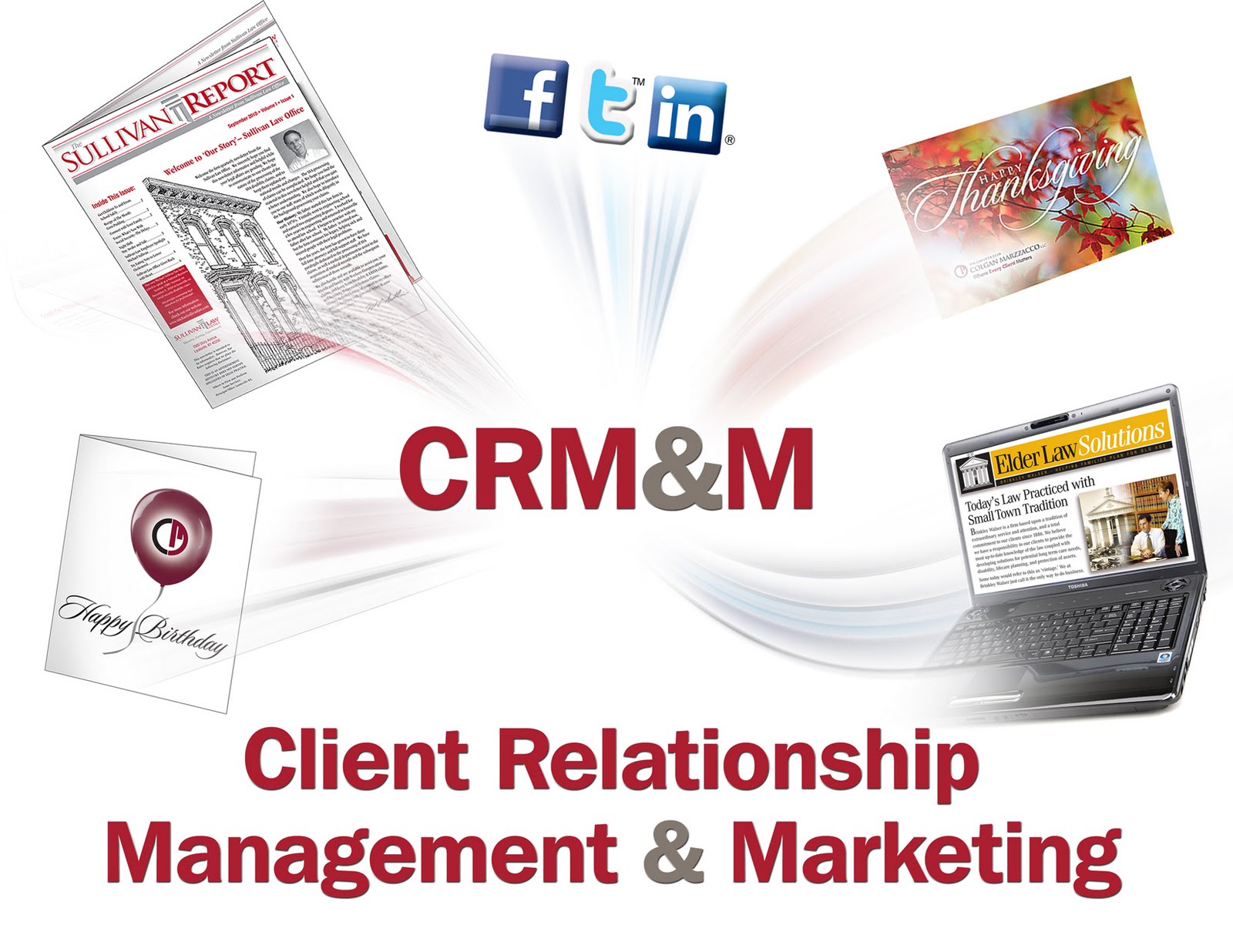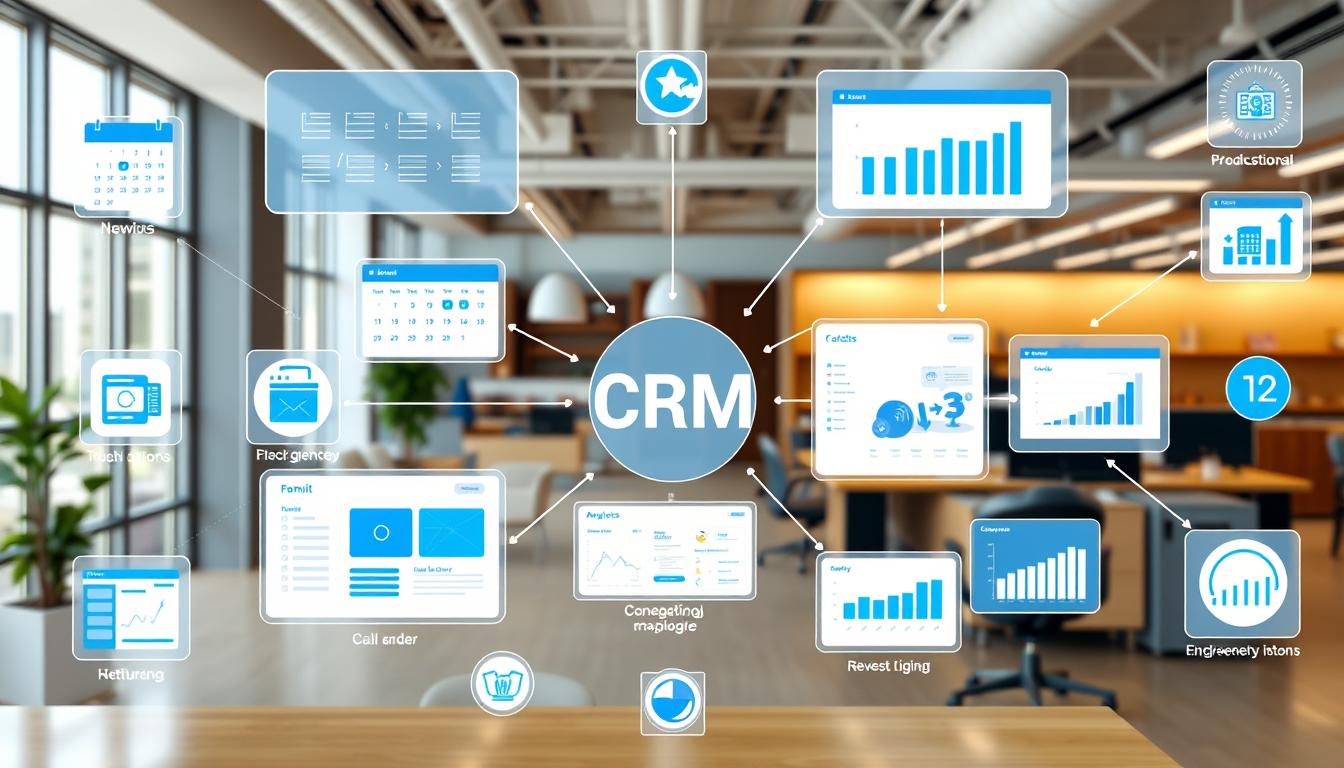
Boost Your Business: The Ultimate Guide to CRM Marketing Newsletters
In today’s fast-paced digital landscape, staying connected with your audience is more crucial than ever. One of the most effective tools for nurturing customer relationships and driving sales is the humble email newsletter. But not just any newsletter – a CRM-powered marketing newsletter. This comprehensive guide will delve into the world of CRM marketing newsletters, exploring their power, benefits, and how to craft them for maximum impact. We’ll cover everything from the basics to advanced strategies, ensuring you have the knowledge and tools to transform your email marketing efforts.
What is a CRM Marketing Newsletter?
At its core, a CRM marketing newsletter is an email communication sent to your subscribers, leveraging the data stored within your Customer Relationship Management (CRM) system. Unlike generic newsletters that blast the same content to everyone, CRM-powered newsletters are highly personalized and targeted. This personalization is the key to their success.
Think of your CRM as the central nervous system of your customer data. It holds information about your customers’ demographics, purchase history, website behavior, and interactions with your brand. A CRM marketing newsletter taps into this wealth of information to deliver relevant and engaging content to each subscriber.
For example, a customer who recently purchased a specific product might receive a newsletter with tips on how to use that product, information about related accessories, or exclusive offers on complementary items. This level of personalization dramatically increases the chances of engagement and conversion.
Why Use CRM Marketing Newsletters? The Benefits Explained
The advantages of using CRM marketing newsletters are numerous. Let’s explore some of the key benefits:
- Enhanced Personalization: This is the cornerstone of effective CRM marketing. By using customer data, you can tailor your messaging to individual preferences, needs, and behaviors. This leads to higher open rates, click-through rates, and conversions.
- Improved Customer Segmentation: CRM systems allow you to segment your audience based on various criteria, such as demographics, purchase history, and engagement levels. This enables you to send highly targeted newsletters to specific groups, maximizing relevance.
- Increased Customer Engagement: Personalized content and relevant offers resonate with customers, leading to higher engagement levels. Customers are more likely to open, read, and click on emails that are tailored to their interests.
- Boosted Sales and Revenue: By delivering relevant offers and promotions, CRM marketing newsletters can directly drive sales and increase revenue. Customers are more likely to purchase products or services that align with their needs and interests.
- Strengthened Customer Relationships: Regular communication and personalized interactions foster stronger relationships with your customers. This can lead to increased loyalty, repeat purchases, and positive word-of-mouth referrals.
- Improved Customer Retention: By staying top-of-mind and providing valuable content, CRM marketing newsletters can help you retain customers and reduce churn.
- Data-Driven Insights: CRM systems provide valuable data on email performance, such as open rates, click-through rates, and conversions. This data can be used to optimize your newsletter content, subject lines, and targeting strategies.
- Automation and Efficiency: Many CRM systems offer automation features that allow you to send newsletters automatically based on specific triggers, such as a customer’s purchase history or website activity. This saves time and resources.
Key Components of a Successful CRM Marketing Newsletter
Creating an effective CRM marketing newsletter involves several key components. Let’s break them down:
1. Data Integration and Segmentation
The foundation of a successful CRM marketing newsletter is the seamless integration of your CRM data with your email marketing platform. This allows you to access and utilize customer data for personalization and segmentation. Make sure your CRM system is properly integrated with your email marketing platform. This might involve using an API, a direct integration, or a data import/export process.
Once your data is integrated, you can begin segmenting your audience. Common segmentation criteria include:
- Demographics: Age, gender, location, income, etc.
- Purchase History: Products purchased, order value, frequency of purchases.
- Website Behavior: Pages visited, products viewed, time spent on site.
- Engagement Levels: Open rates, click-through rates, email interactions.
- Lead Source: How they entered your database (e.g., website form, social media).
Create segments based on the data that’s most relevant to your business goals. The more granular your segments, the more personalized your newsletters can be.
2. Content Strategy and Personalization
Your content should be tailored to the specific interests and needs of each segment. Consider the following when developing your content strategy:
- Know Your Audience: Understand the pain points, desires, and interests of each segment.
- Provide Value: Offer valuable content that helps your subscribers solve problems, learn something new, or achieve their goals.
- Use Personalized Content: Include the subscriber’s name, customize product recommendations based on their purchase history, and tailor the tone and style to their preferences.
- Offer Exclusive Deals: Provide special discounts, promotions, or early access to products or services for specific segments.
- Create Engaging Subject Lines: Write compelling subject lines that grab attention and entice subscribers to open your emails. Use personalization in your subject lines, such as including the subscriber’s name or mentioning a product they’ve shown interest in.
Examples of personalized content include:
- Product recommendations: Based on past purchases or browsing history.
- Birthday greetings: With a special offer or discount.
- Abandoned cart reminders: Encouraging customers to complete their purchase.
- Welcome emails: Introducing new subscribers to your brand and offering a special promotion.
- Re-engagement campaigns: Targeting inactive subscribers with special offers or content.
3. Design and Layout
The design and layout of your newsletter should be visually appealing, easy to read, and optimized for mobile devices. Consider these design best practices:
- Use a Clean and Consistent Design: Maintain a consistent brand identity with your logo, colors, and fonts.
- Optimize for Mobile: Ensure your newsletter is responsive and displays correctly on all devices.
- Use High-Quality Images: Incorporate visually appealing images that complement your content.
- Keep it Concise: Avoid overwhelming your subscribers with too much text. Use short paragraphs, bullet points, and clear headings.
- Include a Clear Call to Action (CTA): Make it easy for subscribers to take the desired action, such as clicking a link, making a purchase, or visiting your website. Use visually prominent buttons and clear, concise language.
- Test Your Design: Send test emails to different devices and email clients to ensure your newsletter looks good everywhere.
4. Automation and Triggers
Automation is key to scaling your CRM marketing efforts. Many CRM systems offer automation features that allow you to send newsletters automatically based on specific triggers. Some common triggers include:
- Welcome Series: Automatically send a series of emails to new subscribers, introducing your brand, providing valuable content, and offering a special promotion.
- Abandoned Cart Emails: Remind customers who have left items in their shopping carts to complete their purchase.
- Purchase Confirmation Emails: Send a confirmation email after a customer makes a purchase, including order details and shipping information.
- Post-Purchase Follow-up Emails: Send emails after a purchase, providing product tips, related product recommendations, or requesting feedback.
- Re-engagement Campaigns: Automatically send emails to inactive subscribers, offering a special promotion or re-introducing your brand.
- Birthday Emails: Send a personalized email with a special offer on the customer’s birthday.
Automation saves time, increases efficiency, and ensures that your subscribers receive timely and relevant information.
5. Tracking and Analytics
Tracking and analyzing your newsletter performance is crucial for optimizing your campaigns. Your CRM system should provide you with detailed analytics on key metrics, such as:
- Open Rates: The percentage of subscribers who opened your email.
- Click-Through Rates (CTR): The percentage of subscribers who clicked on a link in your email.
- Conversion Rates: The percentage of subscribers who completed a desired action, such as making a purchase.
- Unsubscribe Rates: The percentage of subscribers who unsubscribed from your email list.
- Bounce Rates: The percentage of emails that were not delivered.
Use these metrics to identify what’s working and what’s not. A/B test different subject lines, content variations, and CTAs to optimize your campaigns for maximum impact. Regularly review your analytics and adjust your strategy accordingly.
Step-by-Step Guide to Creating a CRM Marketing Newsletter
Now, let’s walk through the steps of creating a successful CRM marketing newsletter:
1. Define Your Goals
Before you start creating your newsletter, define your goals. What do you want to achieve with your email marketing efforts? Do you want to increase sales, drive website traffic, improve customer engagement, or build brand awareness? Having clear goals will help you develop a targeted content strategy and measure your success.
2. Segment Your Audience
Use your CRM data to segment your audience based on relevant criteria. Consider factors such as demographics, purchase history, website behavior, and engagement levels. Create segments that align with your goals. For example, if you want to increase sales, you might segment your audience based on purchase history and target customers who have previously purchased a specific product category.
3. Choose Your Email Marketing Platform
Select an email marketing platform that integrates well with your CRM system. Popular options include Mailchimp, HubSpot, ActiveCampaign, and Klaviyo. Ensure that the platform offers features such as personalization, segmentation, automation, and detailed analytics.
4. Design Your Newsletter Template
Create a visually appealing and mobile-responsive newsletter template. Use your brand colors, logo, and fonts to maintain a consistent brand identity. Consider using a drag-and-drop editor to easily design your newsletter. Make sure your template is easy to read and includes a clear call to action.
5. Write Compelling Content
Write engaging content that is tailored to your specific audience segments. Provide valuable information, offer exclusive deals, and use personalized content to increase engagement. Keep your content concise and easy to read. Use short paragraphs, bullet points, and clear headings.
6. Personalize Your Newsletter
Leverage your CRM data to personalize your newsletter. Include the subscriber’s name, customize product recommendations based on their purchase history, and tailor the tone and style to their preferences. Personalization is key to creating a successful CRM marketing newsletter.
7. Set Up Automation
Automate your newsletter sending process using triggers based on customer behavior. Set up welcome emails, abandoned cart emails, post-purchase follow-up emails, and re-engagement campaigns. Automation saves time and ensures that your subscribers receive timely and relevant information.
8. Test and Optimize
Before sending your newsletter to your entire audience, test it thoroughly. Send test emails to different devices and email clients to ensure your newsletter looks good everywhere. A/B test different subject lines, content variations, and CTAs to optimize your campaigns for maximum impact. Regularly review your analytics and adjust your strategy accordingly.
9. Send and Track
Send your newsletter and track your results. Monitor your open rates, click-through rates, conversion rates, unsubscribe rates, and bounce rates. Use these metrics to identify what’s working and what’s not. Make data-driven decisions to optimize your campaigns.
10. Analyze and Iterate
Continuously analyze your results and iterate on your strategy. Experiment with different content formats, subject lines, and targeting strategies. Stay up-to-date on email marketing best practices and industry trends. CRM marketing is an ongoing process of testing, learning, and optimization.
Examples of Effective CRM Marketing Newsletters
Let’s look at some examples of effective CRM marketing newsletters:
1. Personalized Product Recommendations
An e-commerce store sends a newsletter to a customer who recently purchased a pair of running shoes. The newsletter includes personalized product recommendations for running socks, a running watch, and a water bottle. The email also features a special offer on running apparel.
2. Abandoned Cart Reminder
An online store sends an email to a customer who abandoned their shopping cart. The email includes a picture of the items left in the cart, a reminder of the total cost, and a special offer to encourage the customer to complete their purchase.
3. Birthday Greeting with a Discount
A clothing retailer sends a personalized birthday email to a customer, wishing them a happy birthday and offering a discount on their next purchase.
4. Re-engagement Campaign
A travel agency sends an email to a customer who hasn’t booked a trip in a while. The email offers a special promotion on a popular destination and encourages the customer to book their next vacation.
5. Customer Onboarding Series
A SaaS company sends a series of onboarding emails to new customers, providing tips on how to use their product, offering helpful resources, and encouraging them to upgrade to a paid plan.
Best Practices for CRM Marketing Newsletters
To maximize the effectiveness of your CRM marketing newsletters, consider these best practices:
- Prioritize Data Privacy: Always comply with data privacy regulations, such as GDPR and CCPA. Be transparent with your subscribers about how you collect and use their data.
- Keep Your List Clean: Regularly remove inactive subscribers from your list to improve deliverability and reduce costs.
- Optimize for Mobile: Ensure your newsletter is responsive and displays correctly on all devices.
- A/B Test Everything: Test different subject lines, content variations, and CTAs to optimize your campaigns.
- Use a Clear Call to Action: Make it easy for subscribers to take the desired action.
- Provide Value: Offer valuable content that helps your subscribers solve problems, learn something new, or achieve their goals.
- Personalize Your Content: Use customer data to tailor your messaging to individual preferences, needs, and behaviors.
- Segment Your Audience: Target specific groups with relevant content.
- Track Your Results: Monitor your open rates, click-through rates, conversion rates, and other key metrics.
- Stay Consistent: Send your newsletters regularly to keep your brand top-of-mind.
- Avoid Spammy Practices: Don’t use excessive exclamation points, all caps, or misleading subject lines.
- Provide an Unsubscribe Option: Make it easy for subscribers to unsubscribe from your email list.
Tools and Resources for CRM Marketing Newsletters
Several tools and resources can help you create and manage your CRM marketing newsletters. Here are a few:
- CRM Software: Salesforce, HubSpot, Zoho CRM, Pipedrive
- Email Marketing Platforms: Mailchimp, Constant Contact, ActiveCampaign, Klaviyo, Brevo (formerly Sendinblue)
- Design Tools: Canva, Adobe Spark
- Content Creation Tools: Grammarly, Hemingway Editor
- Email Testing Tools: Litmus, Email on Acid
- Email Deliverability Tools: Mailgun, Sendgrid
- Industry Blogs and Websites: MarketingProfs, Neil Patel, HubSpot, Search Engine Journal
Conclusion: The Power of CRM Marketing Newsletters
CRM marketing newsletters are a powerful tool for nurturing customer relationships, driving sales, and building brand loyalty. By leveraging the data stored within your CRM system, you can personalize your messaging, segment your audience, and deliver relevant content that resonates with your subscribers. With the right strategy, tools, and execution, you can transform your email marketing efforts and achieve significant results.
Remember to focus on providing value, personalizing your content, and consistently tracking and optimizing your campaigns. By following the best practices outlined in this guide, you can create CRM marketing newsletters that drive engagement, conversions, and long-term customer relationships. Embrace the power of data-driven marketing, and watch your business thrive.


